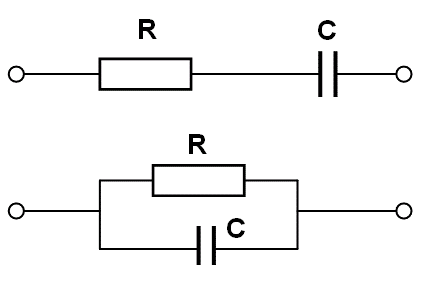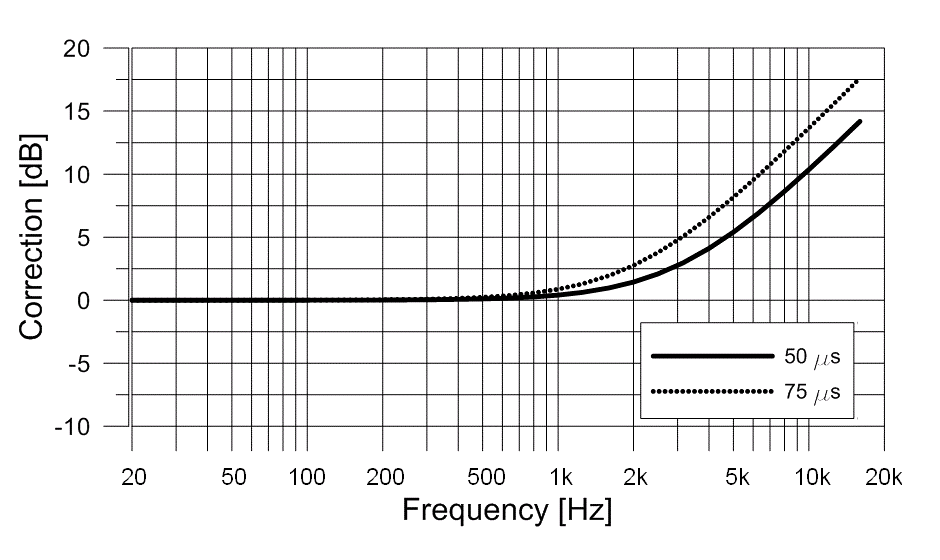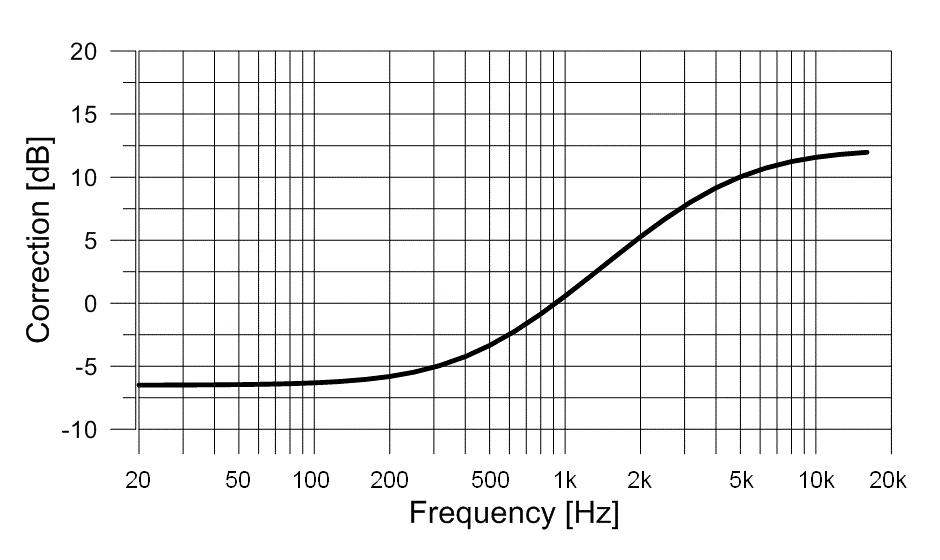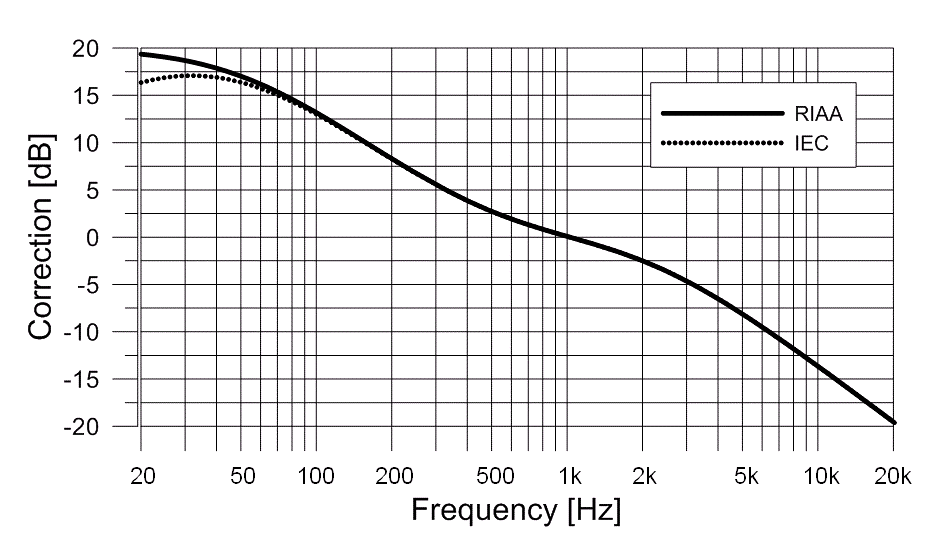Emphasis
Pre-emphasis and de-emphasis are used in several contexts, particularly where analog signals have to be recorded or transmitted. The use of emphasis is to attain a good frequency response or to attain an improved signal-to-noise ratio or a combination of both.
On transmission lines, the emphasis usually only involves a high-frequency lift. In vinyl-disc recording and tape recording, the emphasis may affect low-frequency parts as well.
Although the technique is related to analog audio, digital transmission and recording also allows for signaling any emphasizing of the content. As an example, the AES3 standard provides for the use of different pre-emphasis types. When combining signals in a mixer, emphasizing some of the program material and others that are not, can result in mixed signals that subsequently get wrongly processed. This problem is not common today, where most content is digitally recorded without emphasis but is related to archived digital material.
The μs Concept
The µs concept often applies to the description of the frequency response of a given emphasis. It refers to the time constant that an RC (resistor and condenser) element exhibits to attain the relevant frequency characteristic.
The time constant is expressed by:
τ = R · C
where
τ = time constant [s]
R = resistance [Ω]
C = capacitance [F]
or
τ = 1 / 2 · π · f0
where:
τ = time constant [s]
f0 = corner frequency of the emphasis circuit (the 3 dB point) [Hz].
This filter is of first-order, i.e., the slope of the inclined part of the curve is 6 dB/octave.

Figure 1 RC circuits.
Below a table listing most used values:
| Time constant [µs] | Frequency [Hz] | Application |
| 15 | 10610.33 ≈ 10600 | 50 µs emphasis roll-off, CD and DAT |
| 17.5 | 9094.57 ≈ 9100 | Tape recording (IEC) |
| 35 | 4547.57 ≈ 4550 | Tape recording (IEC) |
| 50 | 3183.10 ≈ 3180 | FM transmission (Europe) Tape recording |
| 70 | 2273.64 ≈ 2275 | Tape recording (IEC) |
| 75 | 2122.01 ≈ 2120 | FM transmission (USA) |
| 90 | 1768.39 ≈ 1770 | Tape recording (NAB) |
| 120 | 1326.29 ≈ 1325 | Tape recording (Compact Cassette, IEC) |
| 3180 | 50.50 ≈ 50 |
Tape recording (NAB) |
Time constants of 1st order RC-circuits, the corresponding corner frequencies, and their application.
50/75 μs
50 μs or 75 μs apply to FM transmission, either involving a typical radio broadcast or transmission systems for wireless microphones.
The 50 μs applies to European systems, whereas 75 μs applies to American systems.

Figure 2 The frequency response based on 50 and 75 μs emphasis.
J.17
J.17 emphasis got its name after the ITU standard describes this curve. It is a weighting that applies to the pre-emphasis of signals that are either transmitted or stored.

Figure 3 ITU J.17 emphasis.
J.17 pre-emphasis influences not only high frequencies but also reduces low frequencies, both around 10 dB relative to its unity gain at 2 kHz.
RIAA
RIAA is an abbreviation for the Recording Industry Association of America. The RIAA emphasis applies to the recording of gramophone records. The purpose is partly to give a correct frequency response and partly to "economize" the needle's movement in the groove.
In 1976, IEC issued a correction to the original curve, becoming known as the RIAA/IEC curve. A new time constant that modifies only the extreme bass was introduced. However, this correction has never achieved significant success; the original RIAA curve is still the most widely used.

Figure 4 The RIAA and the RIAA/IEC curves for gramophone records (with a minor difference in the low bass range of the RIAA/IEC curve).